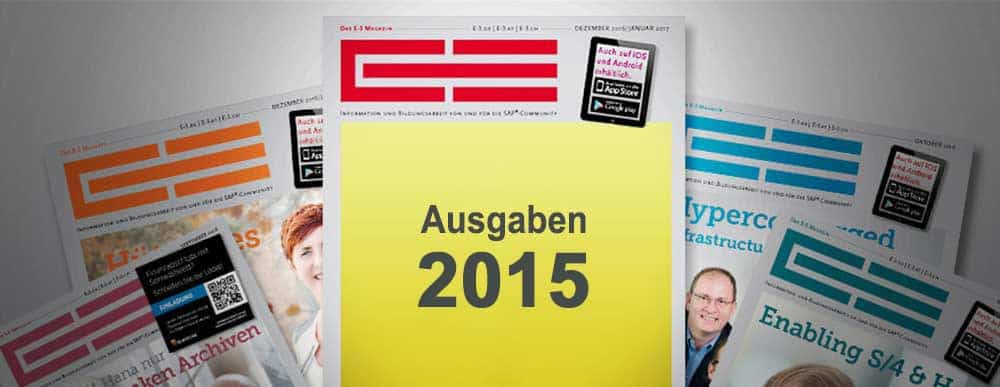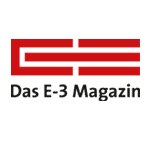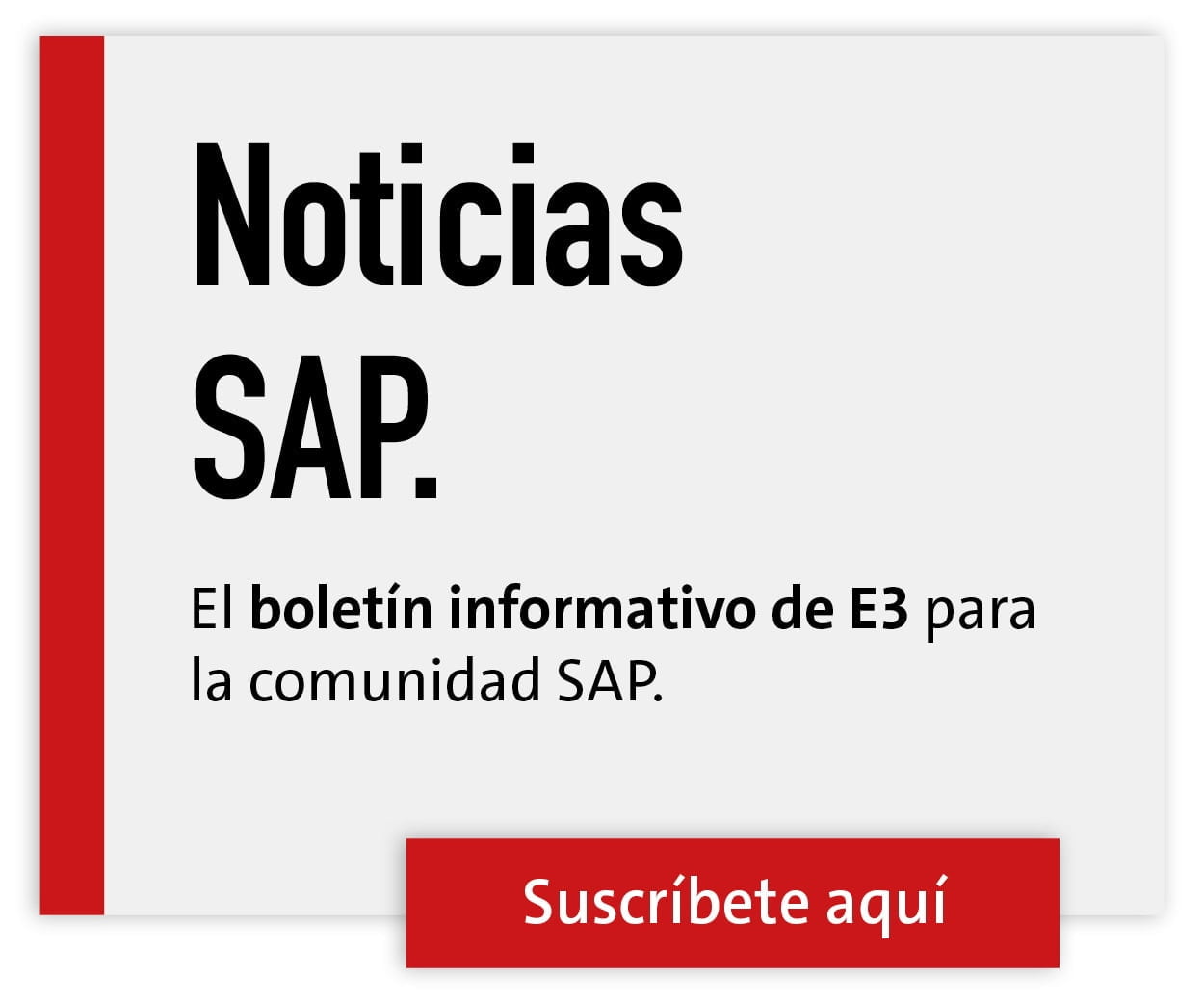Unicode 2020


We talked to Patrick Behr about the challenges that companies now have to face, but also the benefits that this changeover will bring.
He is team leader for the Technology Operation division at the BIT.Group, a medium-sized IT service provider with offices in Bautzen, Dresden and Hanover. He is intensively involved with the Unicode topic.
E-3: What is Unicode and what is it used for?
Patrick Behr: Unicode is a universally valid character set that combines a large number of characters. Unicode has become an important technological component, particularly in the IT sector, with markets growing ever closer together globally and companies operating internationally. With the help of Unicode, it is possible to map languages that use different character sets in one system.
E-3: With the new SAP ERP Enhancement Package 8, which is due to be released in 2015, the introduction of Unicode will become mandatory for companies. How long will support for non-Unicode systems be guaranteed?
Behr: Support depends on the basic component of SAP NetWeaver. The current version 7.4 is in general maintenance up to and including 2020. All subsequent releases of NetWeaver 7.4 will only be unicode-capable and will no longer allow single code pages.
Even though there are still five years until the end of maintenance for NetWeaver 7.4, companies' requirements for their SAP systems will continue to evolve. Enhancement packages will bring new functionalities and technologies with them.
This is why many companies will make the leap from non-Unicode systems to multi-code page systems before the end of maintenance.
E-3: What advantages does Unicode have for companies, what added value could it bring for companies?
Behr: The advantages of Unicode are manifold. Internationally operating companies have partners on different continents. Other character sets are used in Asia in particular, but also in Europe.
It is obvious that Chinese or Arabic characters are not compatible with the Central European character set. But we also encounter these problems on our doorstep, as our neighboring countries Czech Republic, Poland and Denmark have their own code pages. Working in an SAP system is not possible in the national languages.
E-3: What does Unicode change about this problem?
Behr: With Unicode, we can solve this problem and allow branches of companies or partner companies to work or interact via an SAP system. As already mentioned, ERP 6.0 Enhancement Package 8 also plays a major role.
Around 100 new business functions are planned, which will significantly increase the performance of SAP systems and make things possible that are not yet conceivable with the current release.
E-3: What percentage of systems do you estimate are not yet running Unicode?
Behr: According to estimates, many thousands of productive systems are currently still running in non-Unicode mode. That is around 30 percent of all SAP installations worldwide.
E-3: How can companies best prepare for Unicode now?
Behr: Even if a Unicode migration is a project with a certain scope, companies should definitely start preparing for it now.
For example, transaction UCCHECK can be used to check which customer programs are not Unicode-compatible. Furthermore, the communication channels and interfaces to business partners can also be checked for Unicode compatibility in advance.
E-3: A question about the best way to proceed with regard to Unicode implementation: How would you proceed and what would you advise companies to do?
Behr: In principle, you have to be aware that the introduction of Unicode is a data migration project that involves some preparatory and follow-up work and a system downtime.
I would describe the optimum procedure as follows:
- Analysis of the customer's own programs for Unicode compatibility,
- Object consistency check,
- Adjust the objects and repeat the compatibility test,
- Implementation of the migration to the development, test and production landscape in several waves, including intensive test phases.
E-3: You and your team have developed an assessment to analyze and prepare for the introduction of Unicode. How exactly does this work?
Behr: That's right! Based on our many years of experience with migrations and (Uni-)Codepage support, we have developed an assessment that prepares our customers for a "silent" introduction of Unicode.
We check all objects for compatibility and consistency and provide support in the development of adaptations. The schedule created in this context is particularly important, as it provides a lot of additional information and instructions in addition to the time schedule.
Our experienced consultants are available as mentors or take on all tasks in an "all-round carefree package". We offer all of this at a fixed price.
E-3: Can the BIT.Group actively support companies with the introduction of Unicode and how do you provide support after a successful migration?
Behr: Of course, we have established a Unicode migration service based on the assessment. Here, experienced consultants carry out the migration to Unicode, regardless of whether it is a 1-, 2- or 3-system landscape.
We have the right package for all requirements. Of course, this also includes the typical "after-go-live support" following the successful implementation of the migration. As the BIT.Group, we see ourselves as a service provider in the "run phase" and offer a wide range of services relating to SAP Basis operation and typical application management.
Enriched by all-encompassing expertise in the area of SAP Solution Manager, which is used as a central administration tool for SAP system landscapes of varying complexity in operation.
E-3: How long do companies need to plan for analysis and the subsequent introduction of Unicode and is it possible to make a statement about the investment?
Behr: This cannot be generalized, as the effort required for preparation depends heavily on the number of customer objects in the system. The more programs that need to be modified in the customer namespace, the greater the time and financial outlay.
The actual migration of the systems is easier for us and we offer fixed-price packages. Even if the effort and duration of the migration depend on the size of the database, we have developed fixed services based on our experience.
E-3: The new release of SAP NetWeaver - version 7.5 - has been on the market since mid-October 2015. What can customers expect from it?
Behr: With NetWeaver 7.5, there will be a new basic component for the SAP Business Suite and S/4 Hana. One interesting new feature is the support of Java 8, which is primarily used in the Enterprise Portal or Process Orchestration solutions and offers a number of advantages.
Core Data Services (CDS) are an innovative new feature in the Abap environment. This framework facilitates the design of complex data models at database level and, above all, utilizes the advantages of in-memory processing.
Furthermore, some improvements have been made to the Hana Cloud Platform (HCP), which improves the integration of cloud-based systems into well-known on-premise solutions. The integration of the Internet of Things is also being driven forward. However, you can only benefit from these advantages if the systems run on Unicode, as mentioned above.
E-3: Finally, we would like to ask you for a brief outlook: What will systems look like in the future and does it make sense to focus on Hana now?
Behr: If you look back over the past decade, SAP systems have evolved from simple systems to complex, distributed and globally operating landscapes.
The Hana and cloud trend is omnipresent and SAP is developing the R/3 (ERP) successor called S/4. The first solutions for this are already available and are currently being introduced by some customers.
I think that the trend is moving away from system thinking towards business process thinking. In future, it won't matter where the business processes are mapped: On the one hand, in typical on-premise landscapes, but also via highly specialized on-demand solutions from the cloud.
Of course, everyone is also talking about Hana with regard to large data volumes in the context of big or easy data and ever-increasing speed requirements. Evaluating and providing huge amounts of data in even less time are the new challenges facing SAP. Hana could be the answer. And to take us back to Unicode: Hana requires a Unicode-compatible system.







